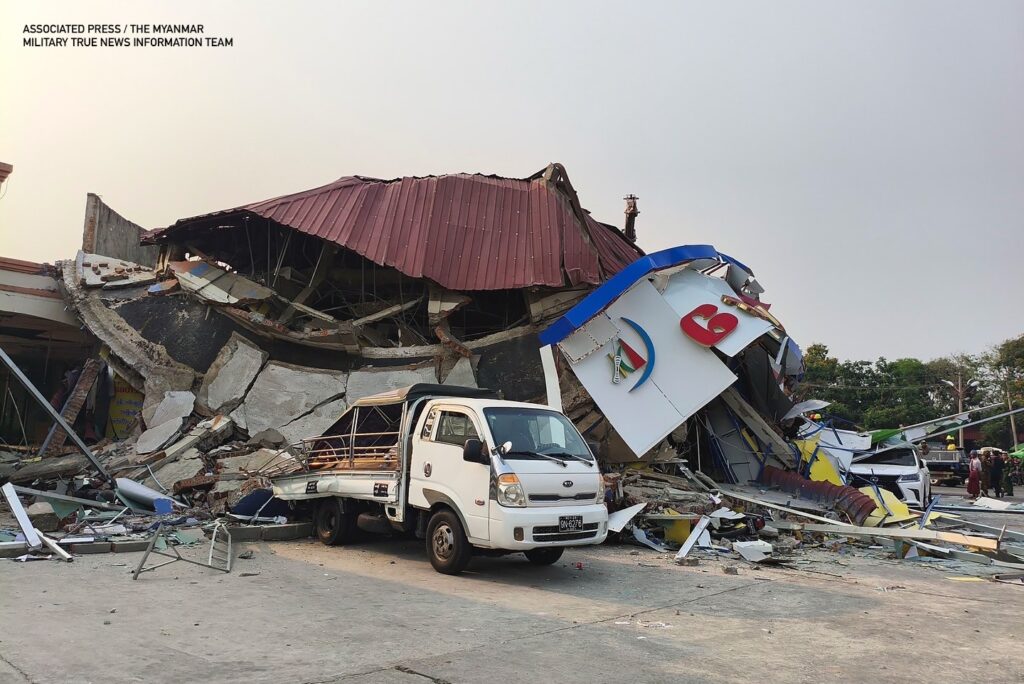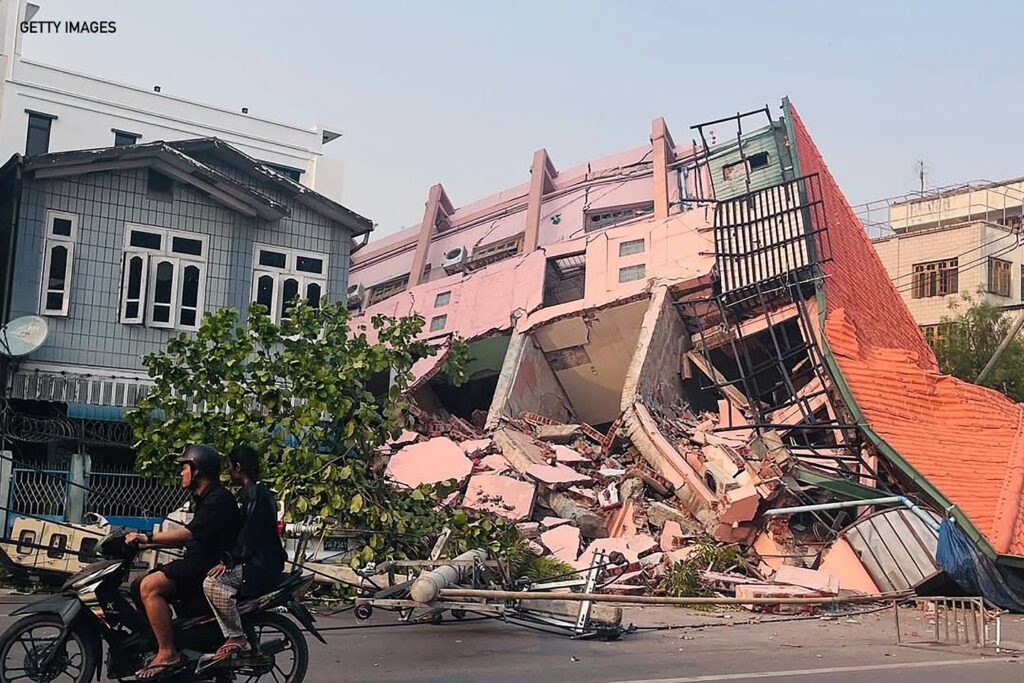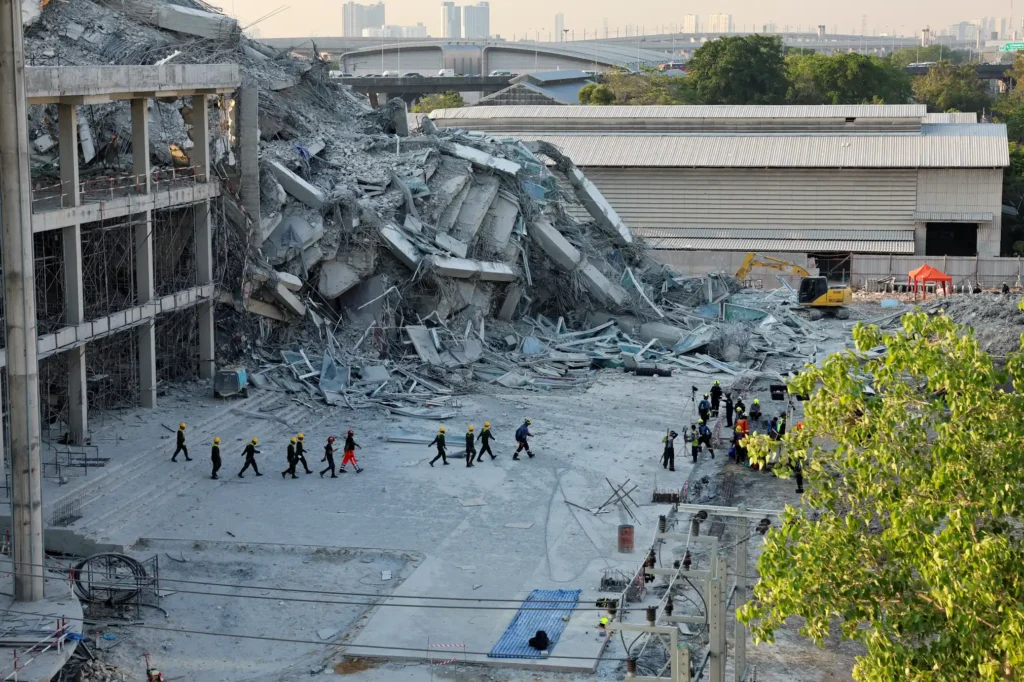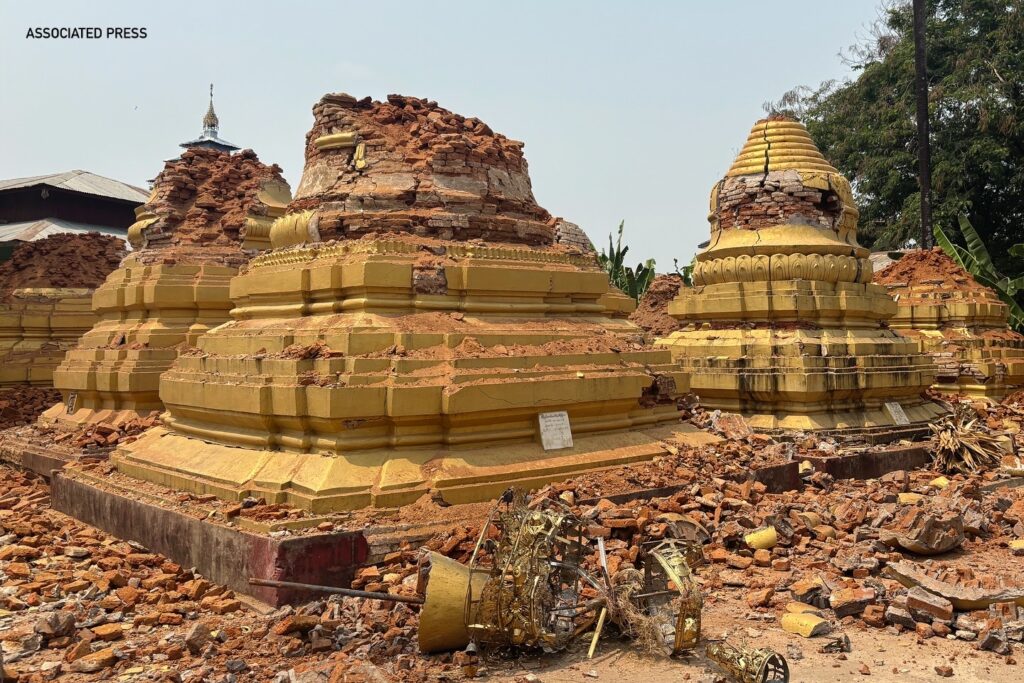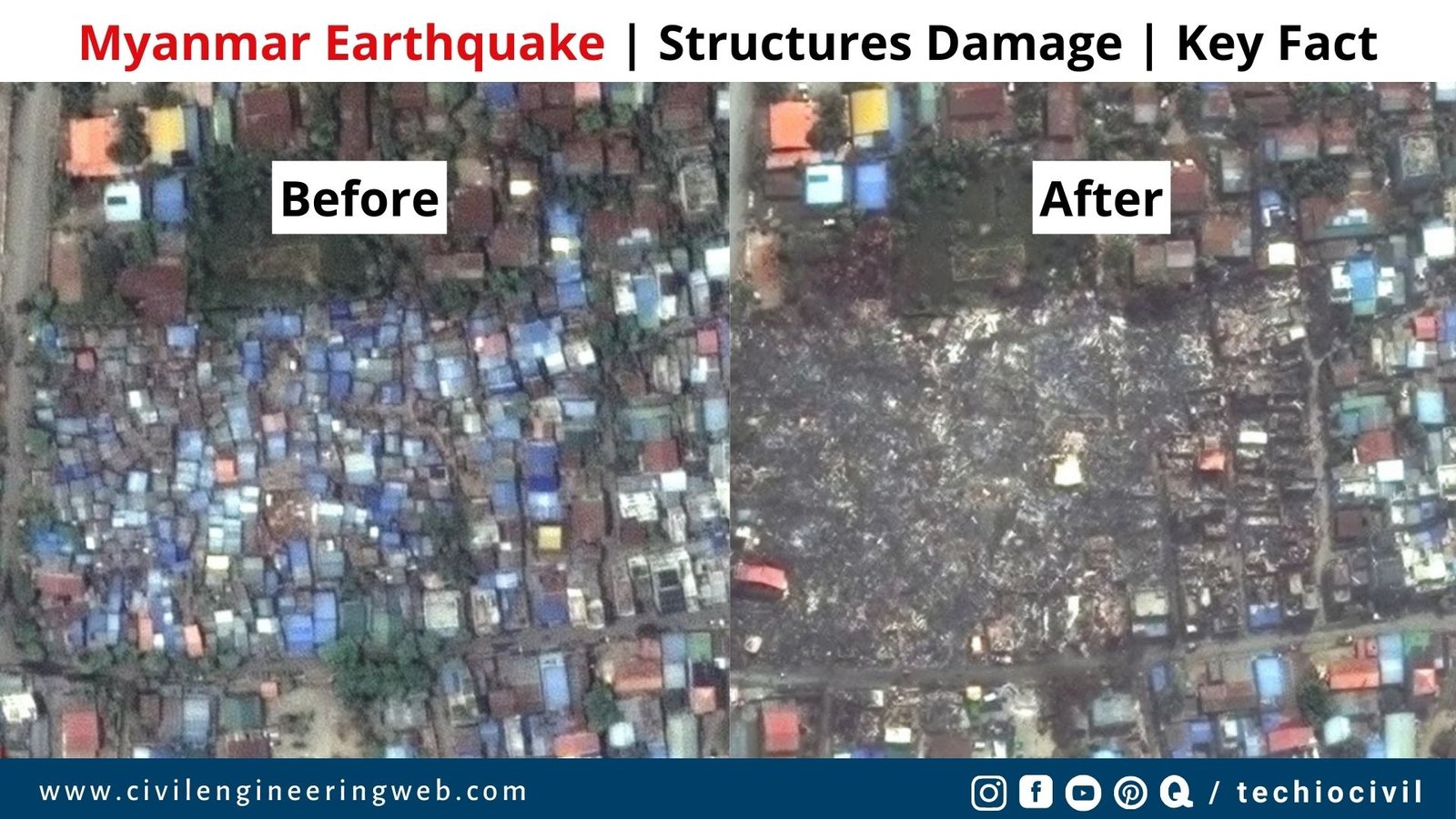The recent earthquake in Myanmar highlights the importance of earthquake-resistant design in structures. It underscores why the consideration of earthquakes is necessary for every type of structure and why irregular structures suffer more severe damage compared to simple and well-organized structural systems.
This page provides the latest information, key facts, highlights, and a comparison of structural damages.
Table of Contents
Myanmar Earthquake Key Highlights
- The city of monks has been destroyed by the strongest earthquake in the last 100 years, with a magnitude of 7.7.
- The epicenter of the earthquake was located 16 km (10 miles) from a Myanmar city and 1,000 km from Bangkok.
- This is the second deadliest earthquake in Myanmar’s modern history.
- The earthquake struck the city on Friday (28-03-2025) at 12:50 PM, and just 12 minutes later, an aftershock with a magnitude of 6.6 followed.
- In this disaster, more than 1,700 people have died (the count is still rising as search operations continue), and 3,400 people have been injured.
| Date & Time | 28/03/2025 (12:50 PM) |
| Magnitude | 7.7 & 6.5 |
| Epicenter | 16KM away from Sagaing, Myanmar |
| Affected Region | Myanmar, Thailand, China |
| Casualties & Injuries | 1700+ death, 3,400+ injuries, many trapped or missing |
| Major Structural Damages | Bridges, buildings, pagodas, and infrastructure collapses |
Before and After – Destruction of structures
1. AVA Bridge

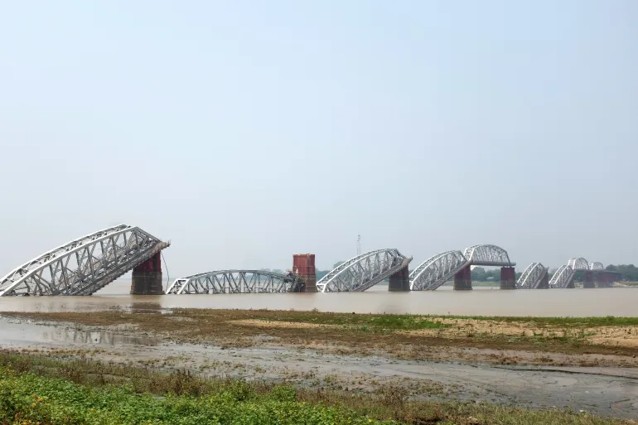
2. Hsinbyume Pagoda

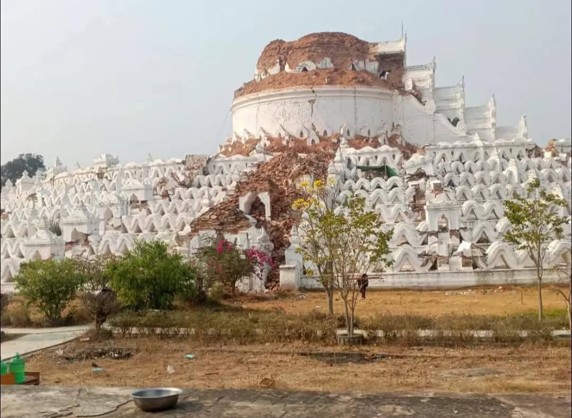
3. Building Collapse in Mandalay
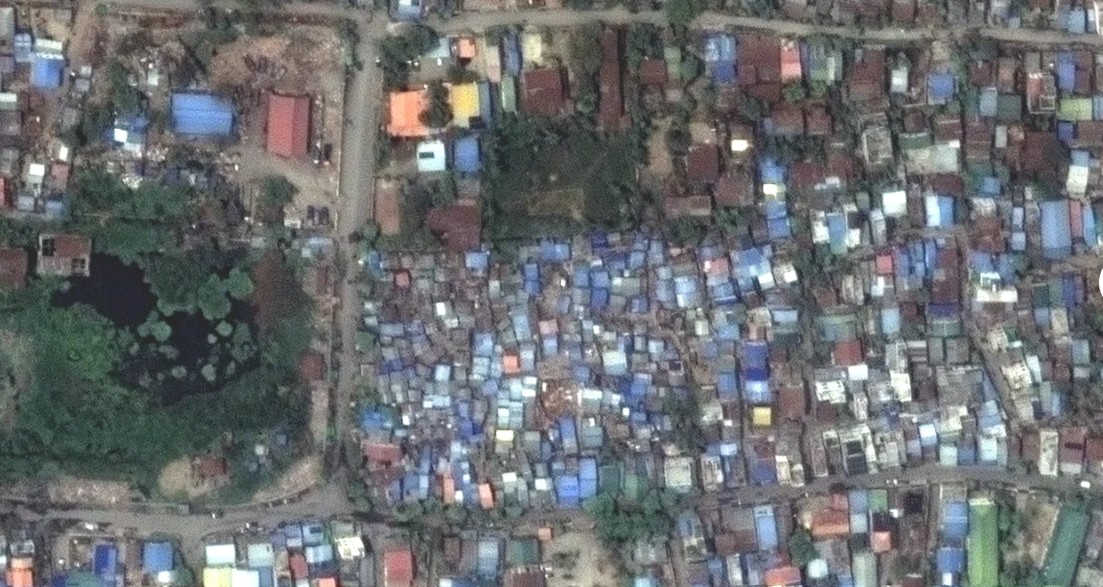

4. Sky Villa Condo.
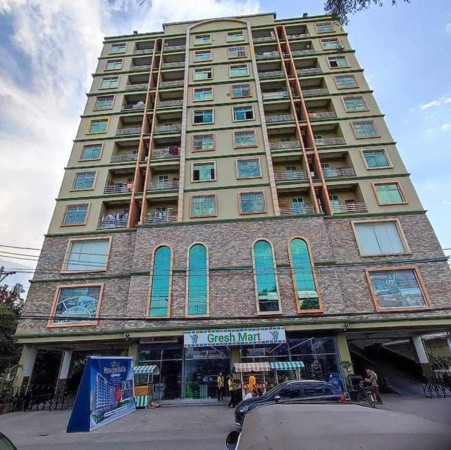
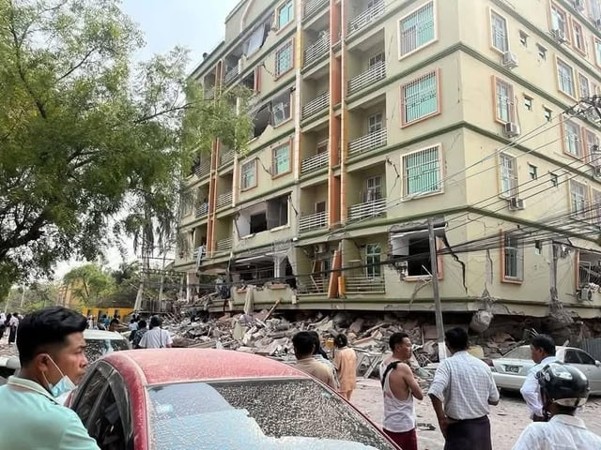
5. Mahamuni Pagoda
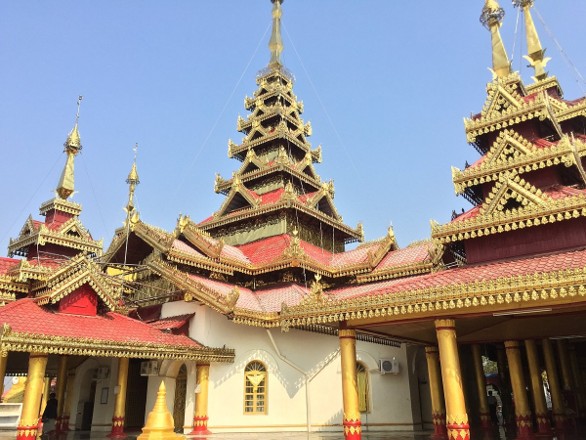
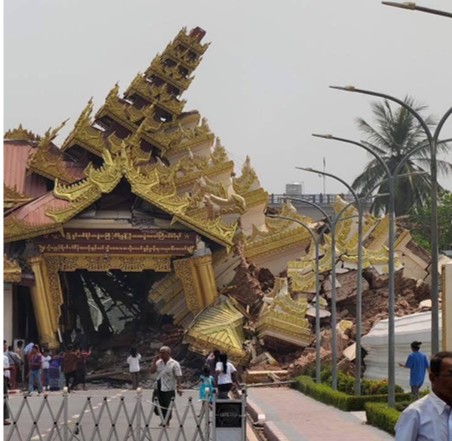
6. State Audit Office, Bangkok
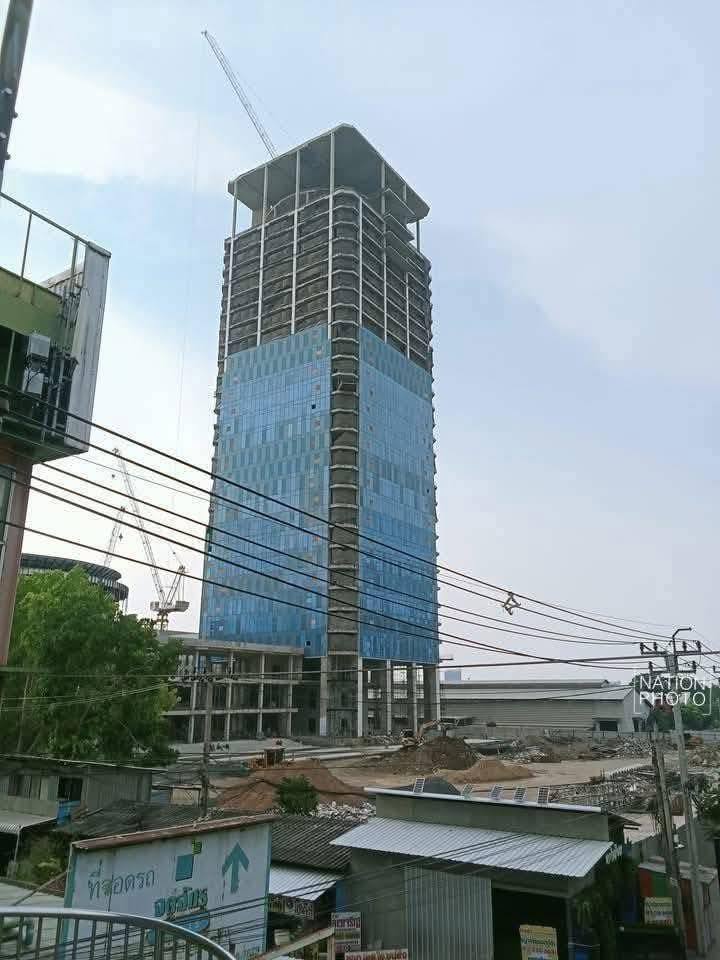
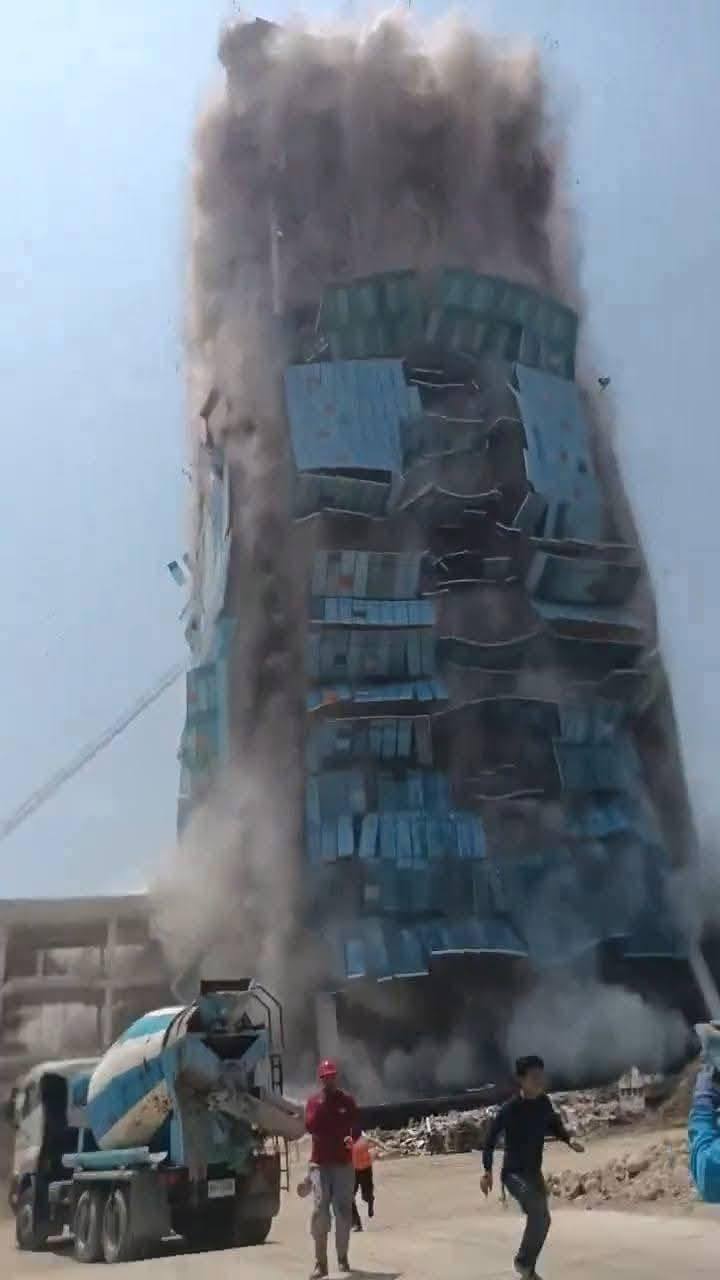
7. Many Other Structures Collapse
